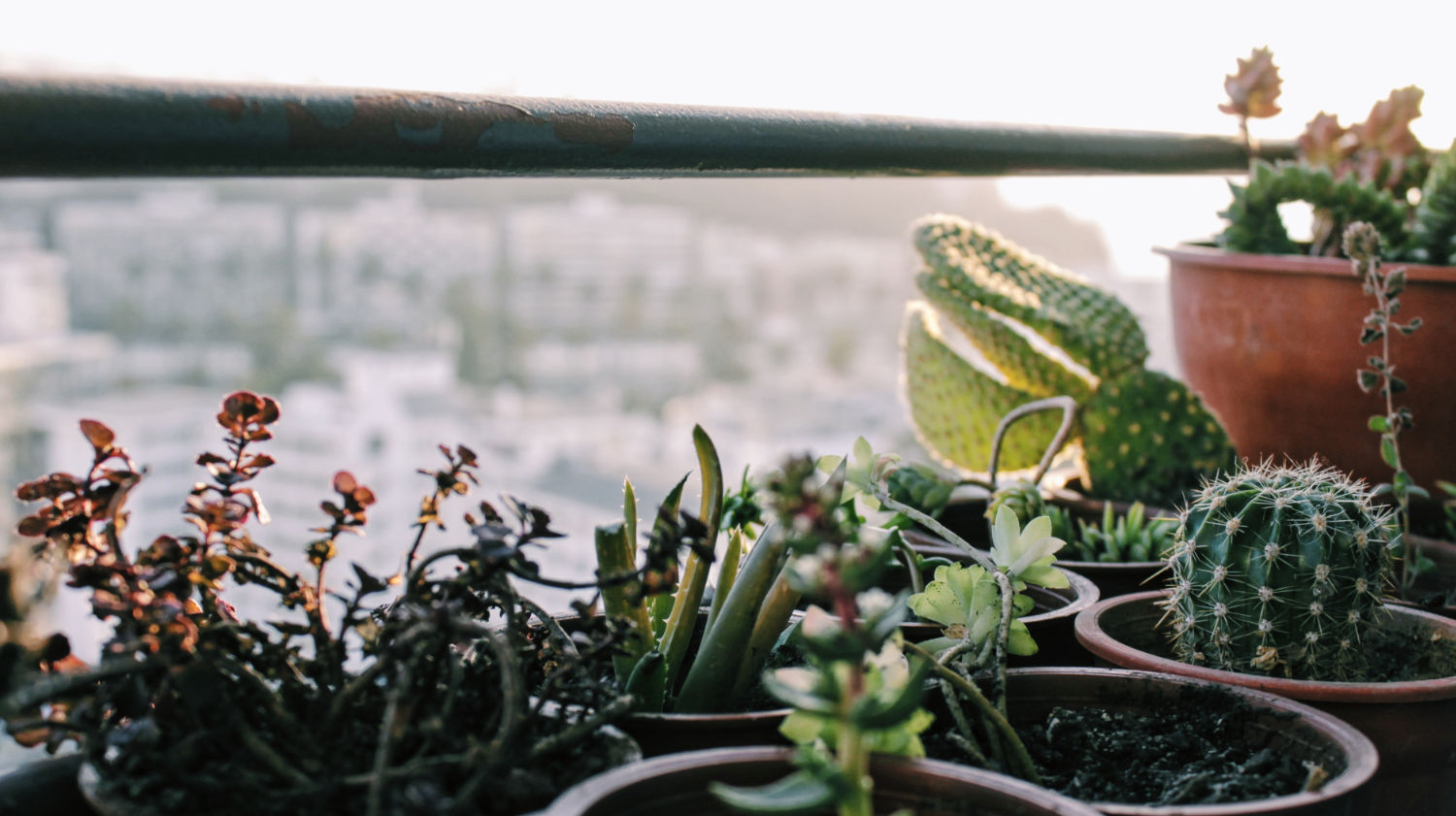Types of Indoor Cactus
There are many cacti out in the wild but not all make good plants to grow indoors. Today we’ll go over the major types of indoor cactus that you will most likely encounter and their benefits. Also included are some basic tips for caring for your indoor spiky friends.
Why are Cacti Well-sought After Houseplants?
Cacti are easily some of the most low maintenance houseplants and certain breeds are great for beginner gardeners. Capable of storing water in their stems, roots, or occasionally leaves (if present), cacti do not require frequent watering. These plants will thrive even in small containers and do not need to be repotted as often since they grow at slow rates.
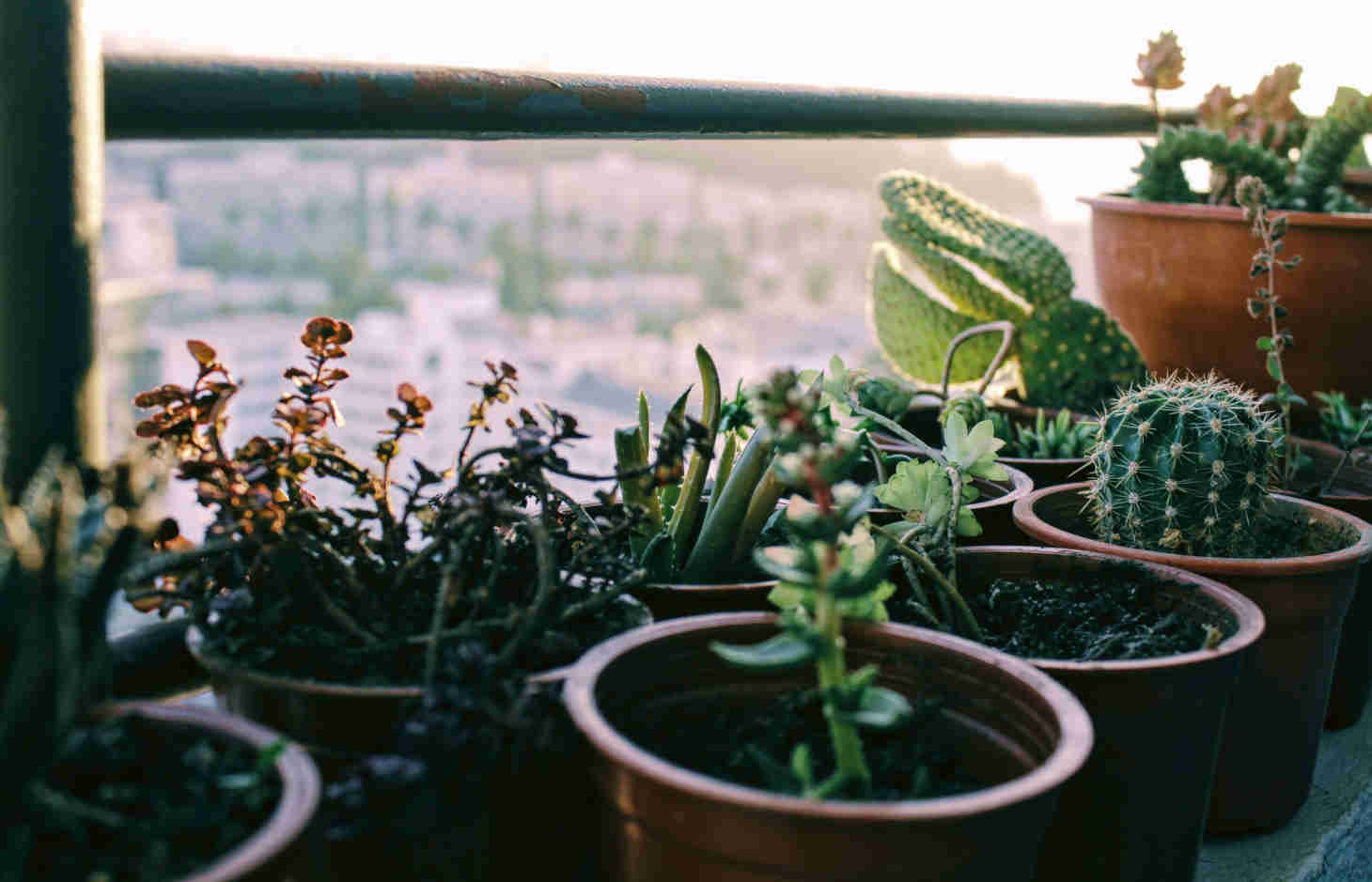
Known to require very minimal effort when being cared for, cacti are easily one of the best types of houseplants one can have (but we are cactus lovers here and certainly a little biased 😉 . They do not mind the dry, hot air and they do not get damaged by extra sunlight as easily as other plants do. These plants not only make for great decor but also help remove pollutants and generally improve the quality of air you breathe at home.
Benefits of Indoor Cacti
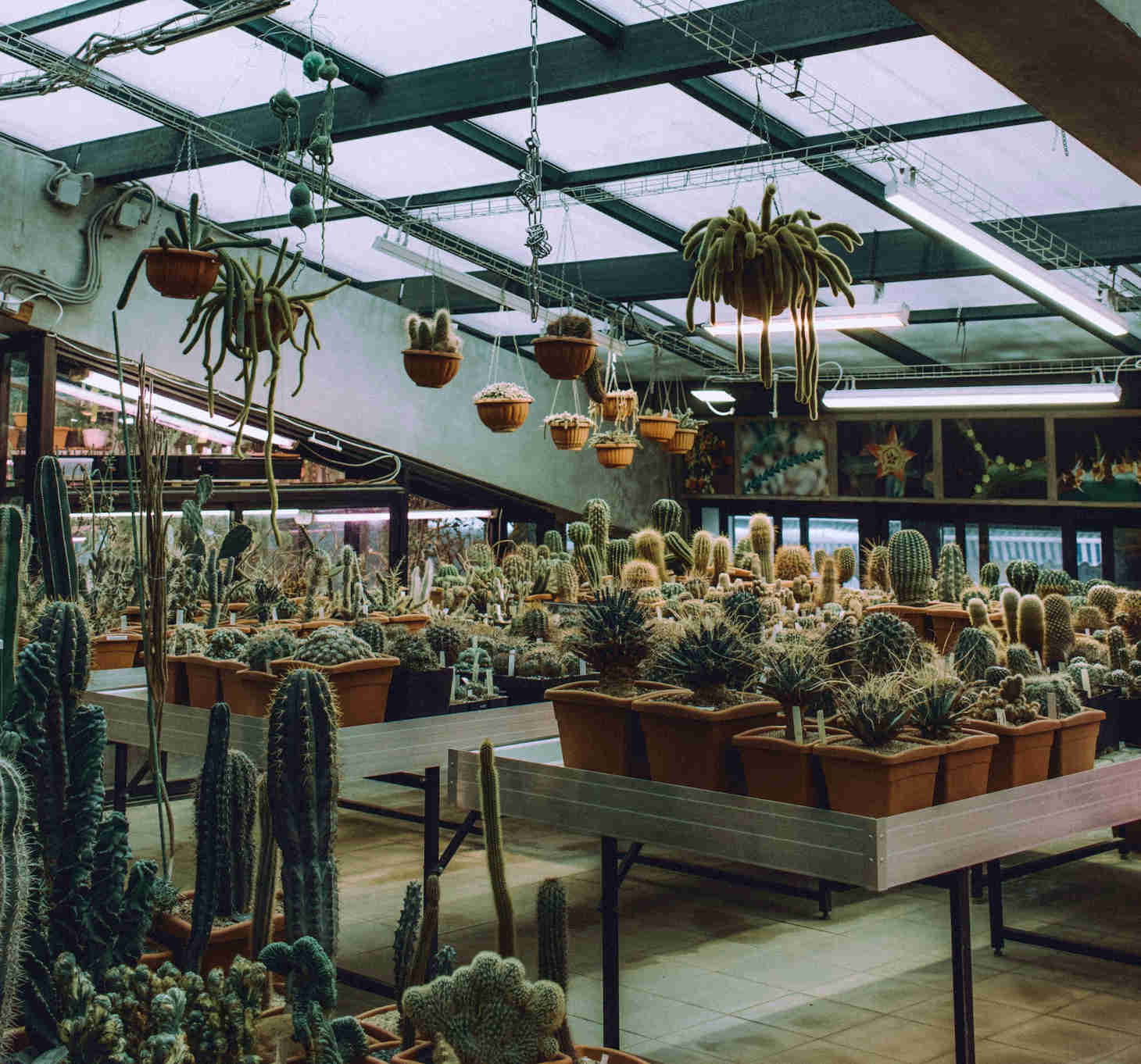
- Space saver in your home– Cacti are slow growers and can survive in small containers. This is great for gardeners who have limited space to care for and grow their plants. They can be put up almost anywhere in your home as long as the sun shines on them. May it be on your shelves or by your house’s window panes.
- Low-maintenance care– These plants are excellent for people who do not have a lot of free time on their hands when it comes to plant care.
- Unique home decor– Cacti definitely look fancy with their different shapes and colors. Even the bearing of flowers on a cactus is thought to be an omen of good luck. How can you say no to decor that could possibly bring good fortune to your household?
- Natural air purifiers– Like most plants, cacti turn carbon dioxide into oxygen during the process of photosynthesis. This factor is especially advantageous when living in urban areas where plant life is scarce and home gardening is your go-to solution to have an extra breath of fresh air.
Popular Indoor Cacti Varieties
Old Lady Cactus
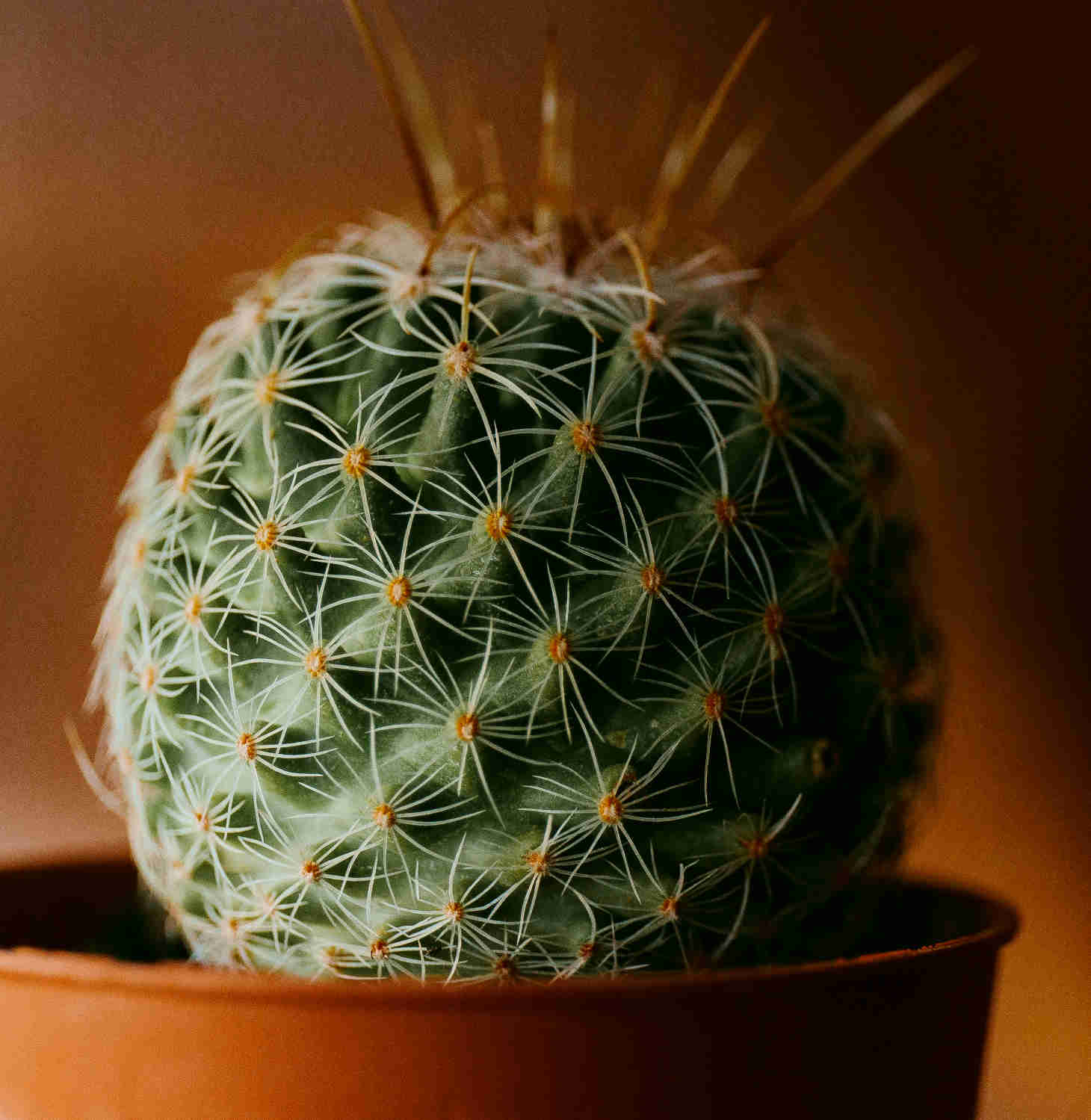
This spherical cactus features white hair and spines. Remember to plant them in sandy soil to make sure the plant has good drainage. When healthy and properly cared for, this cactus is also known to grow a crown of pink flowers. Water it every other week on normal days and once a month during winter.
Star Cactus
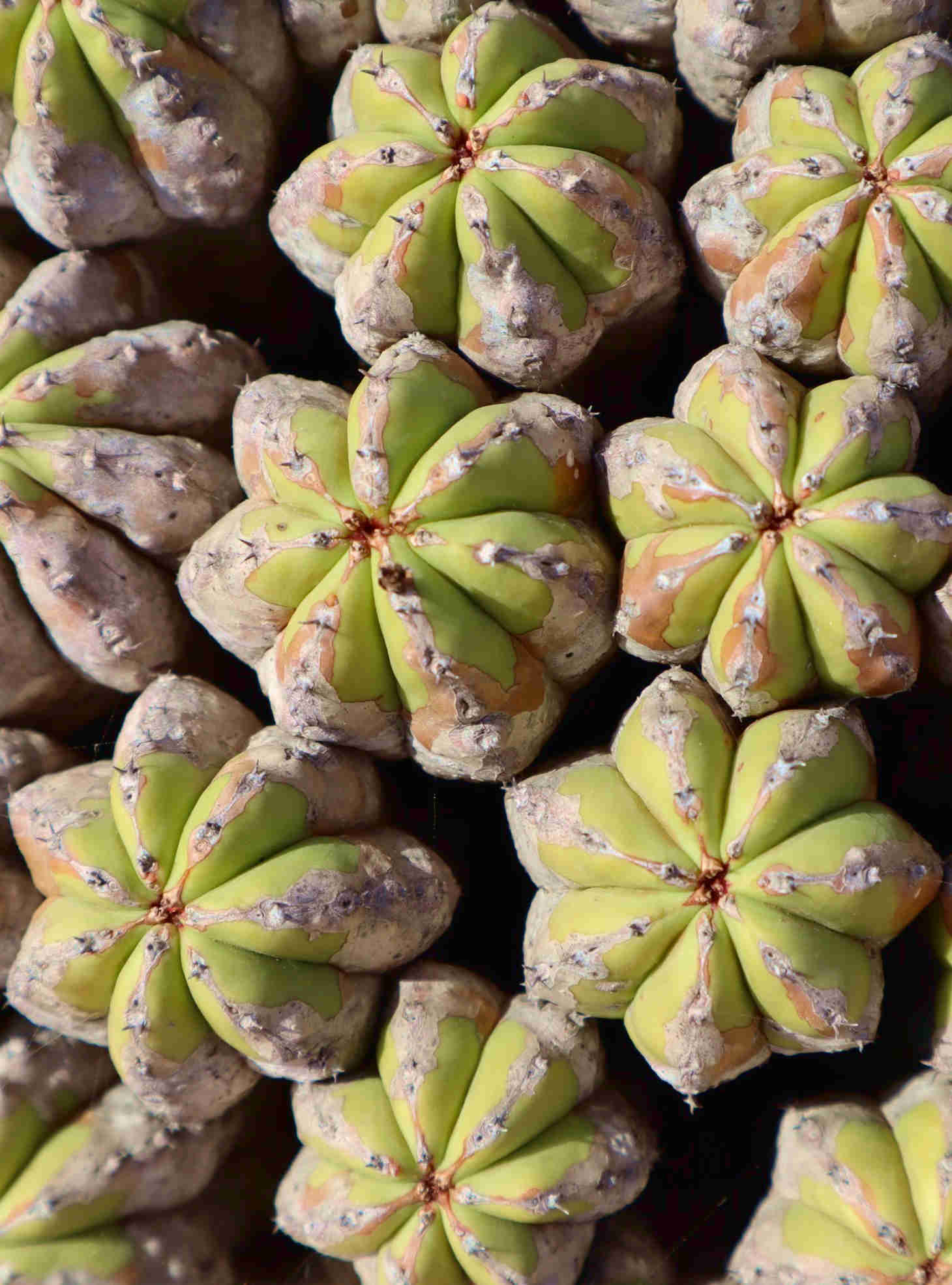
The star cactus, also known as the sea urchin cactus or sand dollar cactus, is a rounded plant segmented into seven slices that grows up to only six inches wide, making it an ideal indoor cactus. This cactus blooms a beautiful flower in the spring when well taken care of.
Angel Wings Cactus
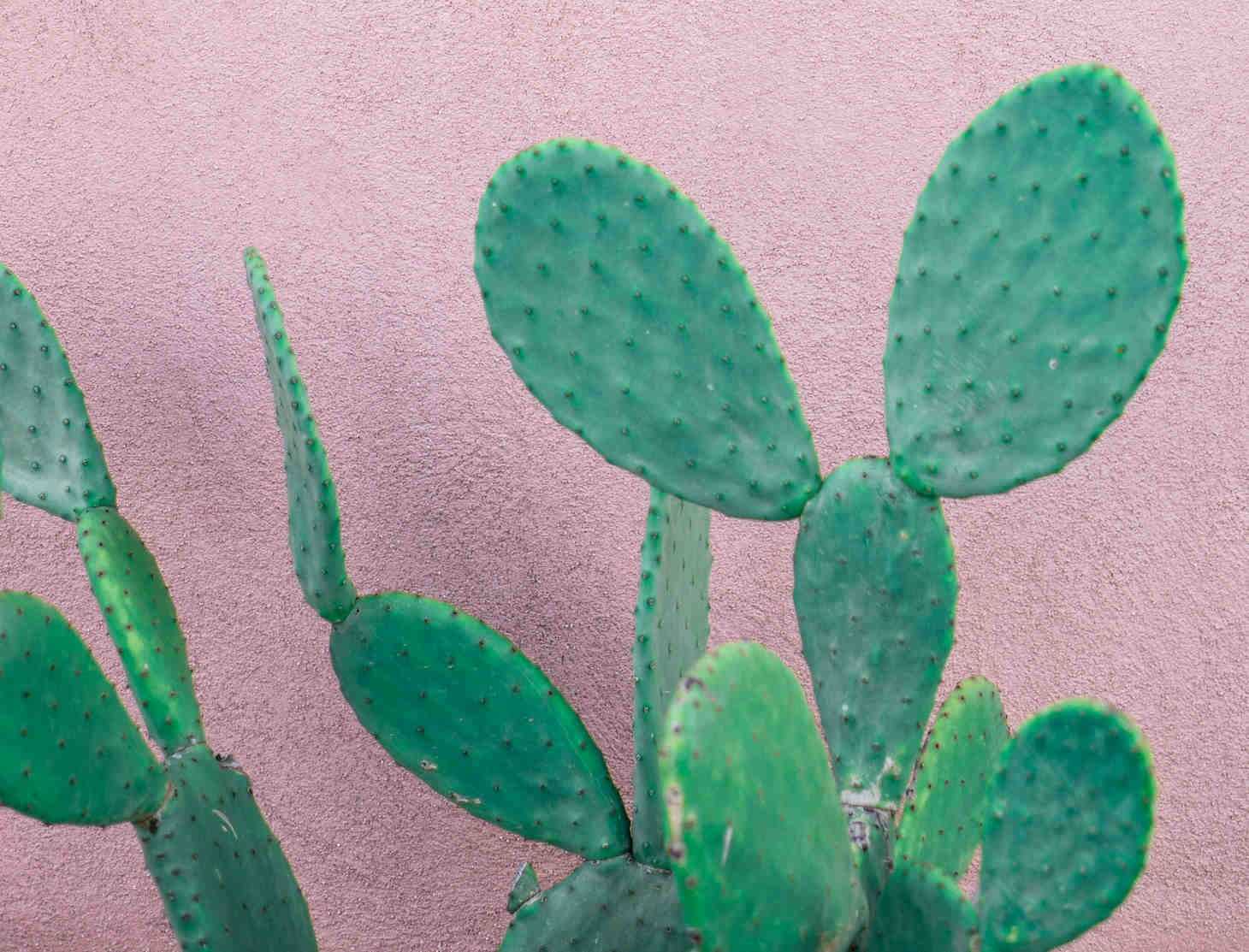
The Angel Wings or Bunny Ears cactus, which is related to the family of prickly pear cacti, grows clusters of hair rather than the spines found in other cacti. Some of these will still stick you however! After a yellow or red bloom, this plant is capable of bearing red edible fruits. Over time, this cactus may grow up to five feet. But, as indoor potted cactus, expect a much smaller plant. Actually I’ve seen some gigantic prickly pear cactus growing in the wild.
Christmas Cactus

The Christmas cactus does not originate from desert-like environments and requires special care. Despite being a part of the cactus family, it is found to have smooth leaves and soft spines. The Christmas Cactus bears beautiful, tubular flowers in shades of pink, white, or orange. Growing on the branches of other trees in the forests of Brazil, the Christmas cactus needs diffused light and moderate watering.
Barrel Cactus
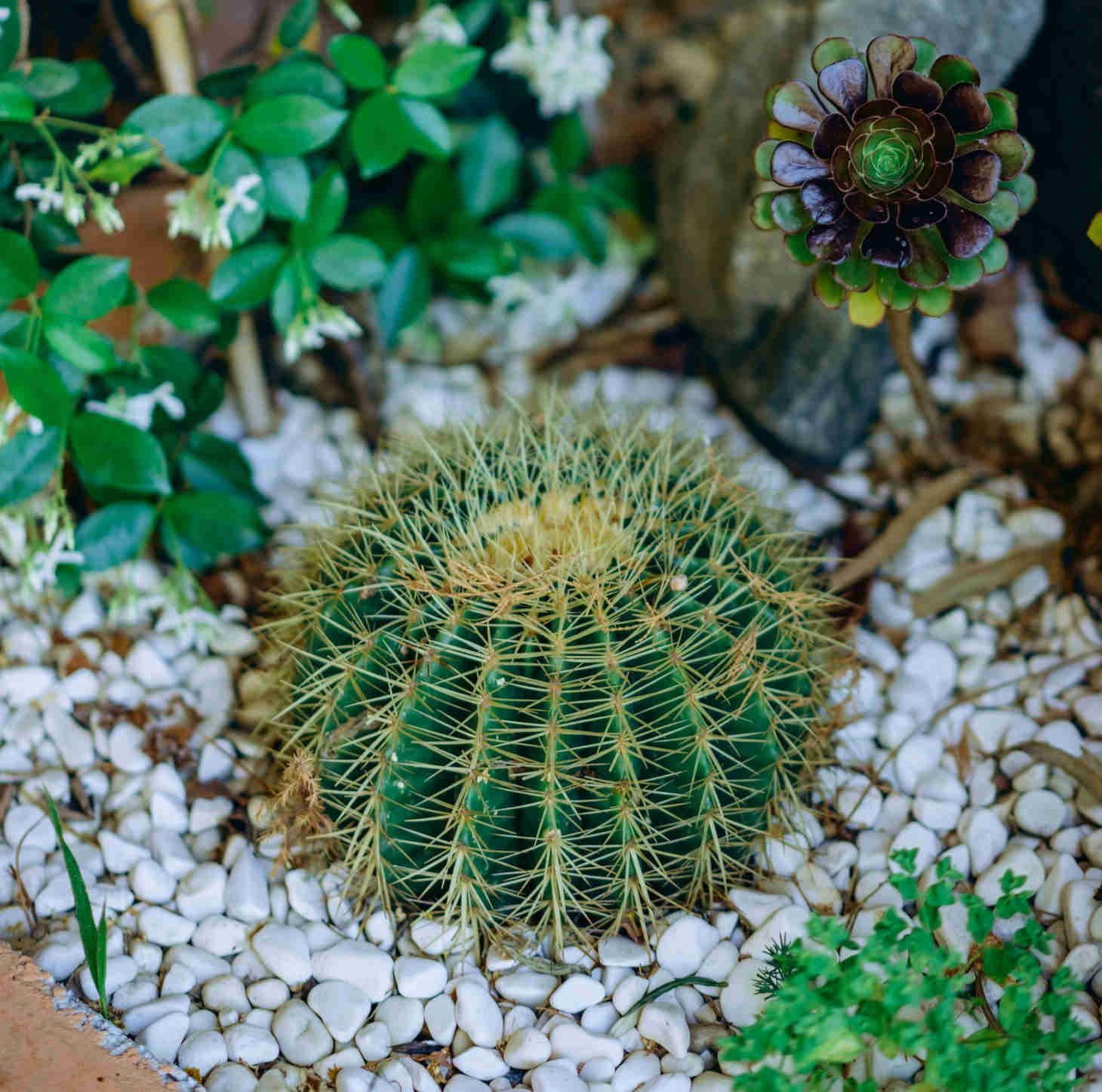
This cactus is covered in long, thorny spikes that help protect its watery, edible pulp. When grown outdoors or found in the wild, this plant can reach heights of eight to ten feet. Like most desert cactus, a barrel cactus requires loose, sandy soil. The barrel cactus can take a significant amount of water, once its soil has become completely dry.
How to Take Care of Indoor Cacti
When caring for cacti, it is important to try and recreate the hot and arid habitat they are originally found in. Here are some things to note when caring for these types of plants.
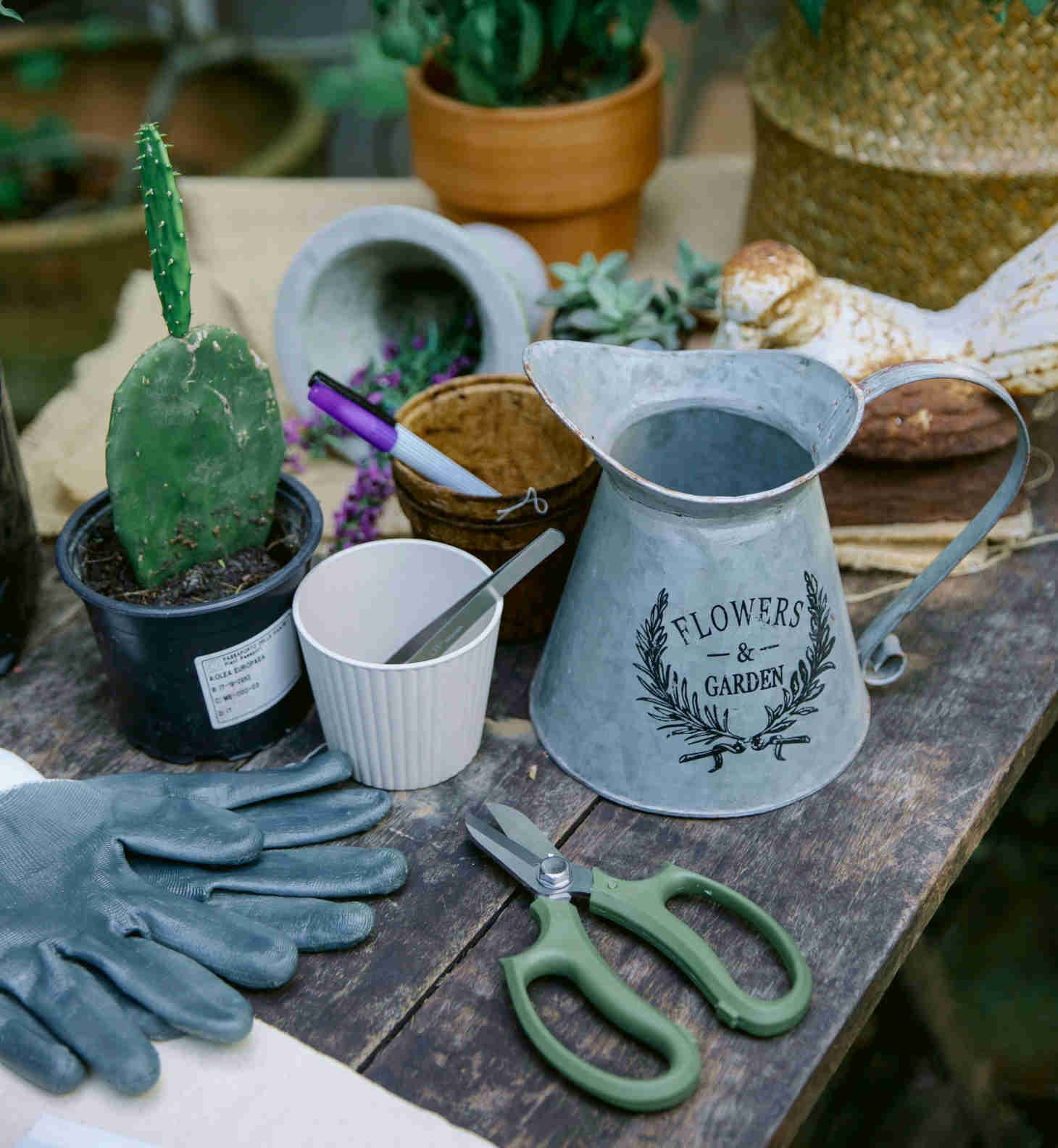
Light, Temperature & Ventilation
These types of plants thrive in good sources of light. Be mindful when placing cacti in direct sunlight as too much sun on a hot windowsill with minimal ventilation could be too intense if you seldom water.
However, some species of cacti rely on different methods in which they are given sunlight. It is important to remember that in seasons like autumn and winter, these plants can handle cooler temperatures around 50 degrees Fahrenheit.
And while cacti will survive the hot weather in spring and summer, keeping these plants watered and well ventilated is a must.
Watering and feeding
It is a common belief that cacti do not need a lot of watering requiring barely any water. This is in fact not true. Though these plants are able to store water, leaving them with little to no hydration will cause problems. A lack of watering will lead to cacti shriveling while overwatering will make it harder for the prickly plant to grow.
Only water a desert cactus when its soil has become completely dry otherwise your plant may develop root rot and die. During seasons when the cactus grows, like summer and spring, it is recommended to water them about once a week. In the autumn and winter, it is best for the cactus’ watering to be reduced allowing the soil to fully dry for much longer periods of time.
Repotting
When planning to repot your plant, the best time would be in the spring. You first water your plant and let the soil dry before removal. When handling prickly cacti, remember to wear protection or cover the plant with a sheet of thick cardboard to avoid poking yourself with spikes.
Once the cactus is out of the pot, remember to remove any old soil still attached to the roots. Carefully remove the soil making sure you do not damage the roots. Before putting your cactus back, layer the bottom of your pot with new soil. Then, place the cactus inside and fill the rest of the pot then pat down the soil slightly to make sure the plant is firmly placed.
Why Keep Cacti at Home?
Having cacti, and generally plants at home not only give life to dull areas but also act as decorative accents on counter tops, window panes, and gardens. They help generate fresh air and keep the air you breathe clean without the hassle of being a full time gardener.
Home grown cacti are easy to care for and do not take up much space. If you are planning to move into your new apartment and want to give some color to your bland walls or maybe you are looking for an easy way to get into gardening as a hobby, consider adding a cactus to your collection.

